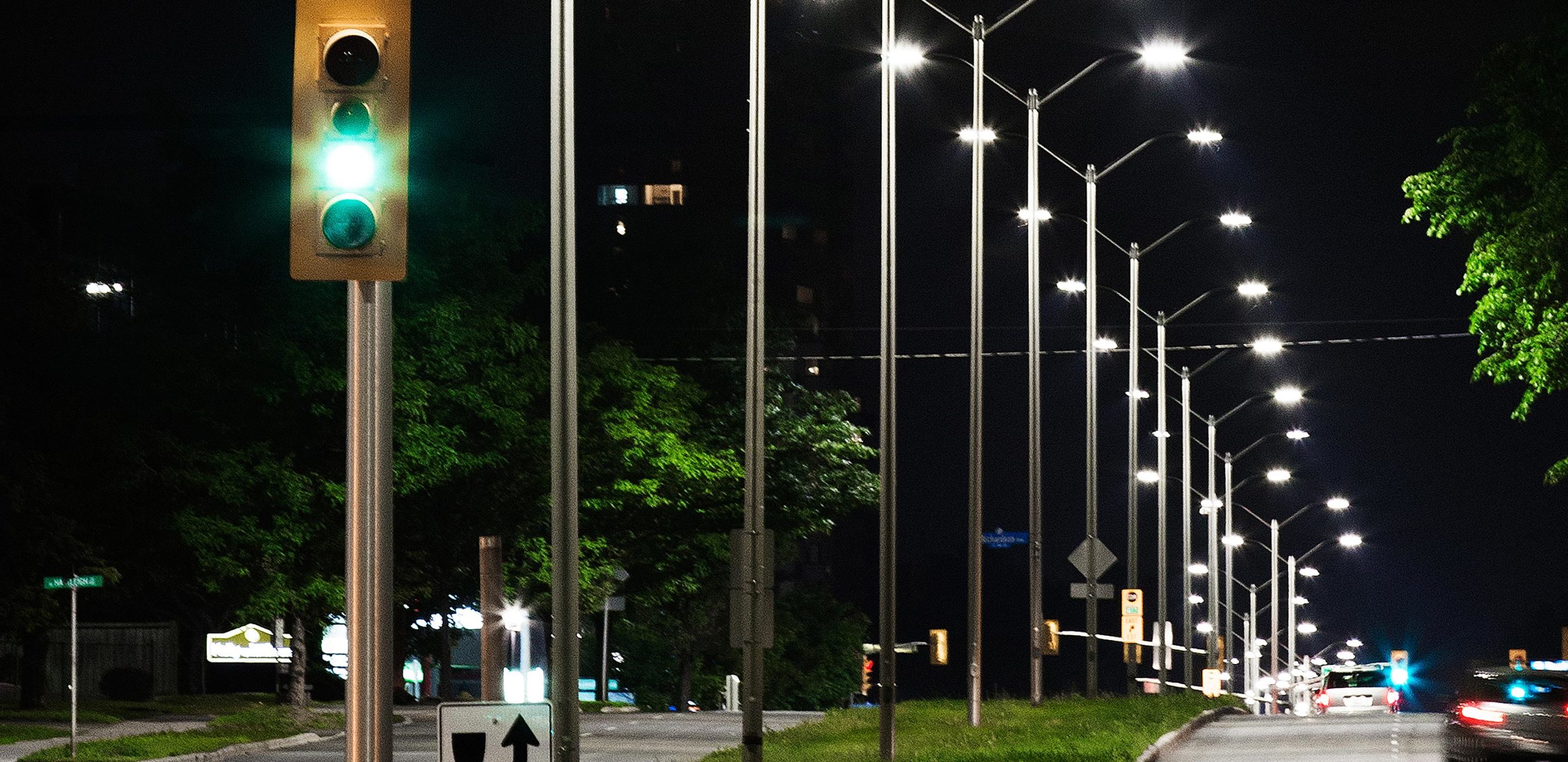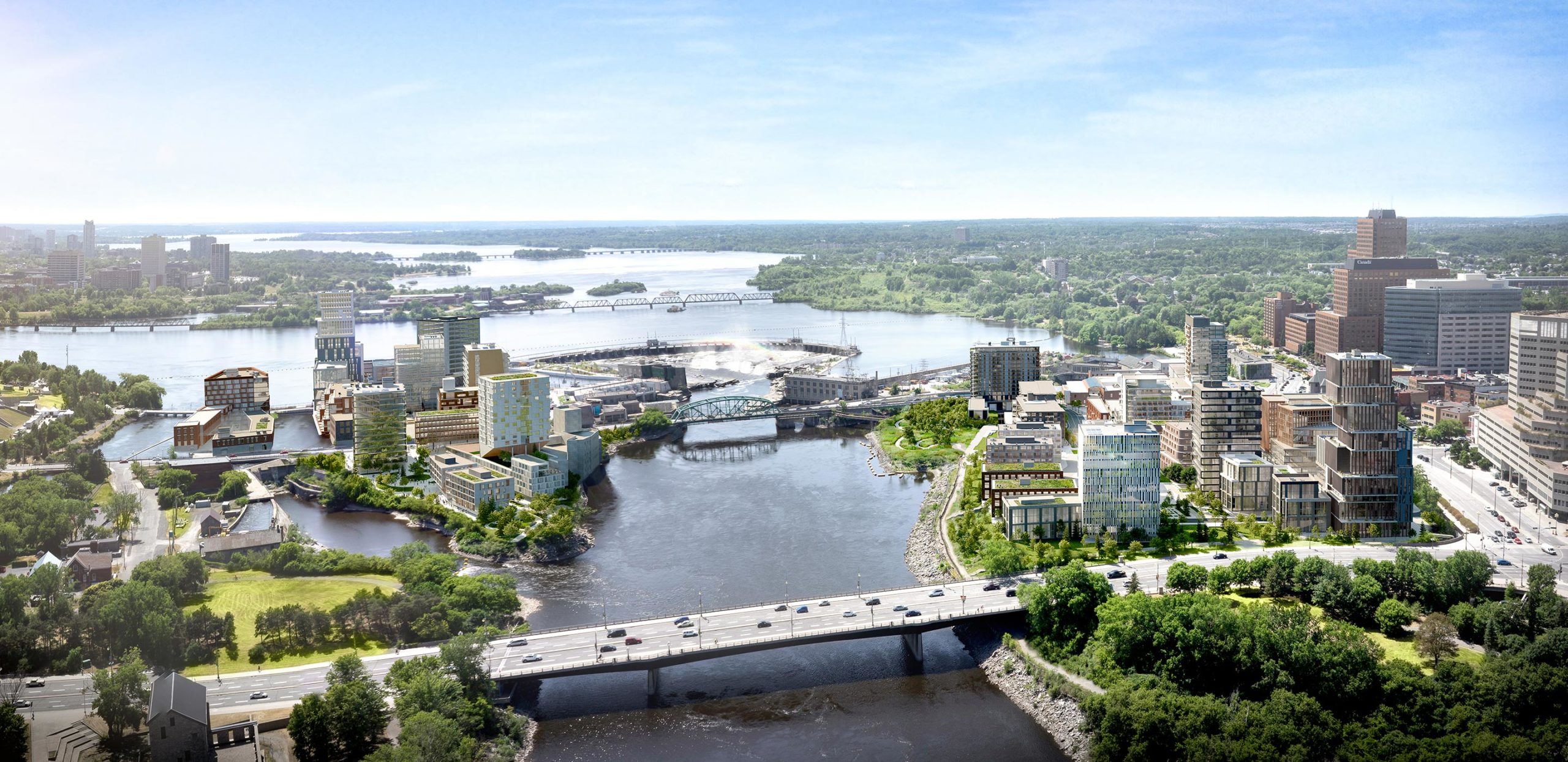Ottawa has been leading the way in street lighting since the beginning. In 1885, Ottawa was one of the first cities in the world to light all of its streets with electricity. Before that, streets were illuminated by oil-fueled lamp posts that needed to be lit every night by city-employed streetlighters travelling on foot or horseback.
Insights
Similar to how the City of Ottawa recognized efficiencies with modern technology at the turn of the 20th century, the City once again acknowledged that it was time for a 21st century upgrade and convert high-pressure sodium and metal halide lamps to new Light Emitting Diode, or LED technology for energy efficiency.
Aside from energy efficiency, LEDs are available in a wide variety of intensities, colour renderings and colour temperature options, giving municipalities flexibility depending on their application. They can last 100,000 hours or more and require very little upkeep, lowering maintenance costs significantly. Perhaps one of the most exciting opportunities is that smart lighting controls can be integrated into LED lights to allow for programming (i.e. motion sensors, dimming at specific times of day). All of these benefits make it possible to apply this technology to other areas, such as decorative lighting found at city parks (and dog parks), walking paths, recreational facilities and even certain neighbourhoods.
Approach
Hydro Ottawa, through its affiliate Envari Energy Solutions, has successfully converted more than 55,000 streetlights in Ottawa and provided the LED streetlight technology system, to other municipalities like the city of Pembroke, Beckwith township, the village of Casselman, and the town of Renfrew (work completed by Renfrew Hydro).
The City of Ottawa’s LED streetlight project, with its adaptive dimming and asset management control system, has decreased the municipality’s carbon dioxide emissions by a remarkable 1,200 metric tonnes every year, and translates into a 55 per cent reduction in energy consumption; equivalent to $4 million in annual savings.
And the town of Renfrew’s street light project, has resulted in $100,000 in annual energy costs and reduced energy consumption by 600,000 kWh annually – equivalent to averting 50 – 65 tonnes of carbon dioxide emissions.
Impact
“LED streetlights bring environmental, health and cost benefits to the community,” says Bryce Conrad, President and CEO, Hydro Ottawa. “At Hydro Ottawa we remain committed to providing value to our customers and shareholders, and continue to make our products and services more energy-efficient and sustainable for future generations.”




